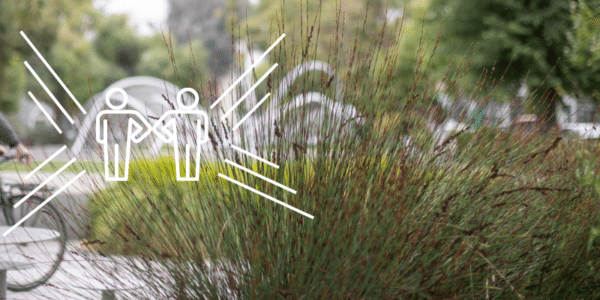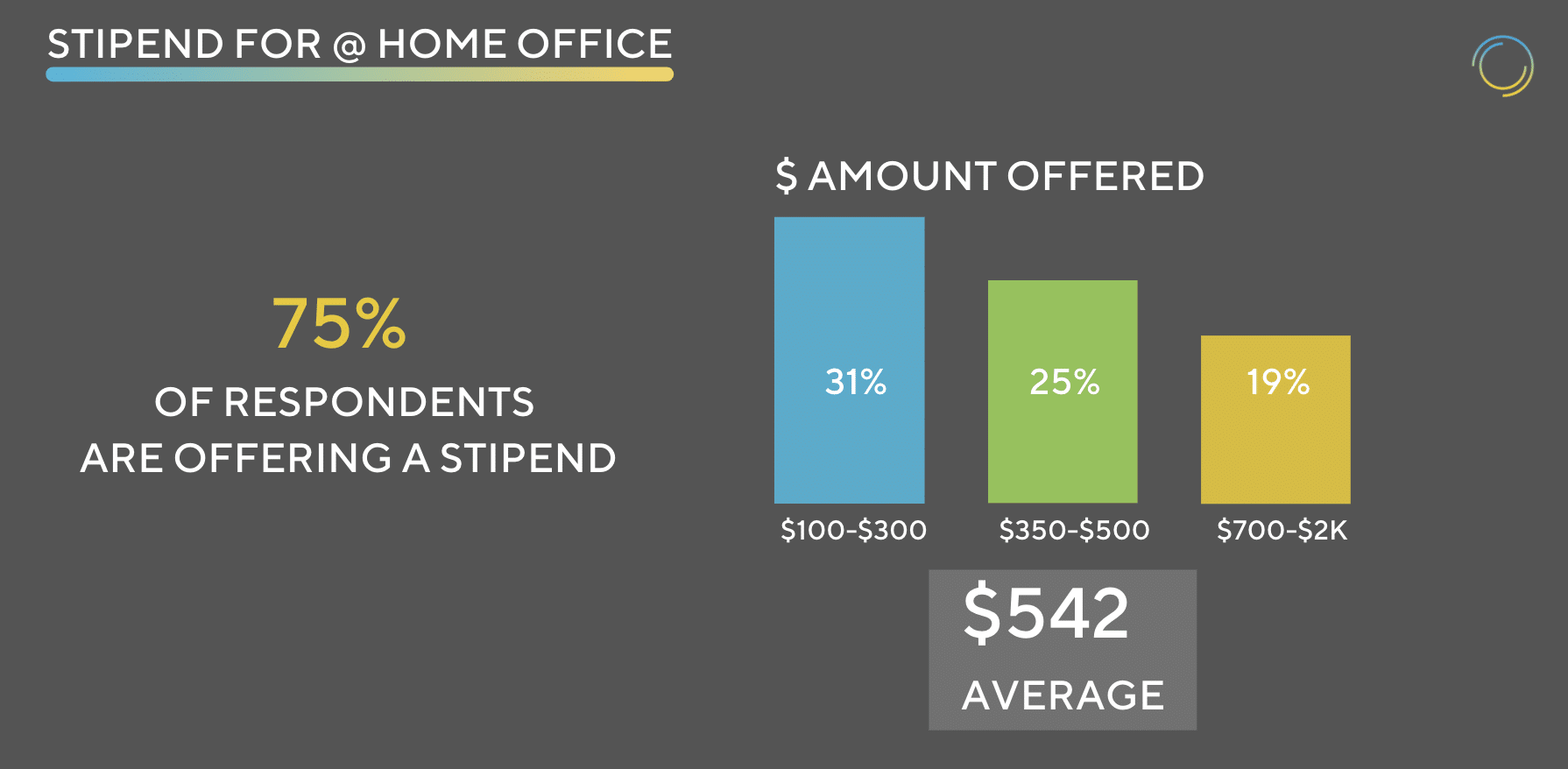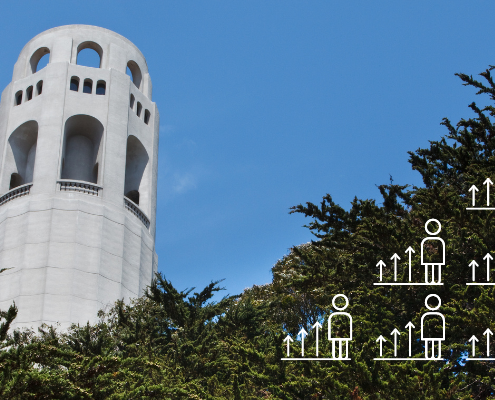Trending
4 Considerations To Craft Your Company’s Equity Strategy
/in Talent, Featured on Home, Equity & Compensation, Trending, I Need to Retain my Top Performers, Developing Your Team, Secondary Liquidity/by Matt McCueAdvancing Your Influence: Strategies for CFOs
/in Leadership & Vision, CFO Leadership, Developing Your Team, Featured on Home, Trending, Talent/by Matt McCueHow People Leaders Can Invest In Their Own Growth
/in Featured on Home, Trending, Talent, I Need to Retain my Top Performers, Developing Your Team, Leadership & Vision/by Matt McCueShare this entry

Supporting Employees in a New Reality
The next Circle|Call was focused on people-based policies, services, and communications to help employees feel both supported and inspired to do their best work. As we’ve collectively already convened on other topics around the Remote Work Series:
- Whether to return to work or continue working from home
- How to work with landlords to rightsize your workspace
- The health & safety protocols to implement into those spaces
- Delivering the new on-site experience via space planning and human factors design within the confines of a COVID-19 safe environment
Participating in the conversation were Punam Brahmbhatt (SVP of People + Programs), Jen Loo (CFO) @ Tala, Ian Charles (CFO) @ Scoop, and Eleanor French @ Brunswick who had been experimenting in this area and had real-time experiences to share.
Pulse your teams
Find ways to engage with employees to really understand what is it they need-crowdsource ideas. Not just what you think they need, but actually engaging and saying ‘we’ve put on these three modules, what else might be helpful for you.’
“…anything going above and beyond normal is appreciated.”
Surveys, as well as town halls, were two of the most common ways to successfully pulse employees. At town halls, it was recommended to make it an open forum and one where trust and participation by all are encouraged. Allowing employees to leave their thoughts on the table and share amongst everybody so that nobody felt isolated, which is recognized as one of the biggest challenges in this current environment.
Overall companies are finding that a sequence of programs, time off, and open communication are certain to lift people’s moods. Below you will find some ideas shared of benefits being offered.
Address mental health
Companies are being forced to address mental health head-on as more and more polls are finding that it is a struggle for a large portion of employees. Brunswick Group’s sentiment poll found the following: U.S. workers are struggling with mental health just as much as economic health during this pandemic. Four in ten U.S. workers have experienced worsening mental health since the beginning of the outbreak, which underscores the importance of employee outreach and engagement.
Some companies have gone as far as creating a mental health app that runs virtual therapy sessions with licensed therapists. If designing an app is not within reach, there are a few other benefits shared below that have been implemented at other companies to support mental wellness.
A holistic approach
One retail company has taken a holistic approach to their employee’s wellness and initiated ‘Wellness Wednesdays’, where they focus on all facets of health: mental, physical, environmental, and financial health. These include mindfulness training, meditations, and even financial classes on how to invest during the financial impact of COVID-19 lead by subject matter experts across these facets.
Another idea was a resilience four-week training program that focused on ergonomic issues, dealing with stress in the body, meditation, and mental agility. (Lifelabs was mentioned as a resource for these types of programs.)
“We’re doing everything we can to make our employees comfortable at home.”
Most companies are providing stipends to help their employees feel  comfortable at home. Whether the stipend is used for ergonomics assessment, technology, or furniture, that’s up to them as long it’s within budget. The average stipend amongst Circle members was $542.
comfortable at home. Whether the stipend is used for ergonomics assessment, technology, or furniture, that’s up to them as long it’s within budget. The average stipend amongst Circle members was $542.
Enforce time off
Companies are recognizing that screen time is altering how the brains process information and that employee are on all day long, which is driving fatigue. In addition to recognizing that sheltering in place (SIP) makes it difficult to separate work from home. As such, some have enforced time off. Fridays (“Summer Friday”, “Refresh Fridays”) seem to be the most popular day where this benefit is implemented, whether it is a half-day, full-day, or no meetings scheduled. All in the spirit of encouraging folks to get offline and recharge.
“People are just so burnt out and they’re just afraid to take time off.”
Low to no-cost ideas
Some companies have had to make some difficult decisions when it comes to cost-cutting measures, inclusive of Reduction in Workforce. So deep that there isn’t in-office snacks, food, or even T&E budgets left to reallocate in order to support the programs mentioned above. So what now? Circle members shared some great low to no-cost ideas:
Reach out to your vendors and ask for donations or gifts – a small surprise and delight for your employees. One company received lumbar supports and cushions.
Find free courses and programs like Coursera’s “The Science of Well Being” class taught through Yale University. Or have managers read Brené Brown’s Dare to Lead book and participate in the HUB program. Where employees can take the courses for free and a team leader (in most cases Head of HR) follows up with a discussion group format to talk through takeaways and learnings.
Lastly, creative ideas that are sponsored and run by employees drive high engagement, like slack channels dedicated to mindfulness or company program calendars. These programs they found typically run about 15 minutes to one hour. The popular ones shared were: open mic, chair yoga, “Tot Mess” (children running the Zoom meeting), sewing classes, baking classes, jeopardy games, trivia, etc. There’s no budget, and all sessions are employee lead.
Increase trust with communication
Everyone feeling very lost in how to navigate the world right now has just underscored the importance of really clear communication and engagement with employees to make sure that they feel confident in business preparedness as everyone moves forward.
Brunswick survey found: Value and trust in corporate communications have increased week over week. This coincides with a time where many organizations communicated about racial injustice and expressed their values as an organization.
The value that employees place on receiving regular, transparent, authentic communications is at its highest and is a strong signal for how companies need to be thinking about communicating going forward.
Another finding from Brunswick’s survey is at the top of what employees are really wanting to hear about are job security combined with the return to the workplace and the safety directives. Employees want to be reassured and know what plan is and how employers are going to keep them safe.
At Tala, they found that transparent conversations from both sides, leadership, and employees worked for them. Being a global company, they found the opportunity to run a virtual Global All Hands meeting vs. smaller regional-live meetings of the past to be successful. They also provide COVID Updates + Q&A twice a week along with a bi-weekly CEO letter providing business updates.
Time to commit to your values (or create new ones)
Brunswick has been encouraging clients to make commitments regarding their stance on racial injustice. It’s been suggested to communicate to all stakeholders on an ongoing basis as there can be heavy criticism of companies in the future who make a big splash now and later go silent. Realizing this isn’t a one-time, check the box business action, but a journey with an ongoing commitment.
“A majority of companies aren’t where they need to be. There is leeway and understanding that this is a journey.”
And just because your company is on a hiring freeze doesn’t mean you can’t make any changes. Here are a few examples of what the companies are doing to help make an impact:
- Partnerships, with organizations like Silicon Valley Academy to sponsor scholarships and create cohorts that are industry or specific to their company’s product.
- Ask your 401k provider to look at mutual funds that fund social responsibility or marginalized communities. (A fund will be launching int he US next month that it solely provides funding to companies that are marginalized communities.)
- Creating council groups within your company if you aren’t already doing so that drive inclusion, diversity, equity, and accountability that can either be executive sponsored or grassroots or both. This group should focus on engaging the energy of the collective, to where their heads and hearts are at.
- Sponsor a match-donation program. Learnings from one of the companies were to set a dollar amount and to identify the organizations the company is willing to match, to minimize confusion (i.e. donations to political parties).
Related Blog Posts

4 Considerations To Craft Your Company’s Equity Strategy

Advancing Your Influence: Strategies for CFOs




